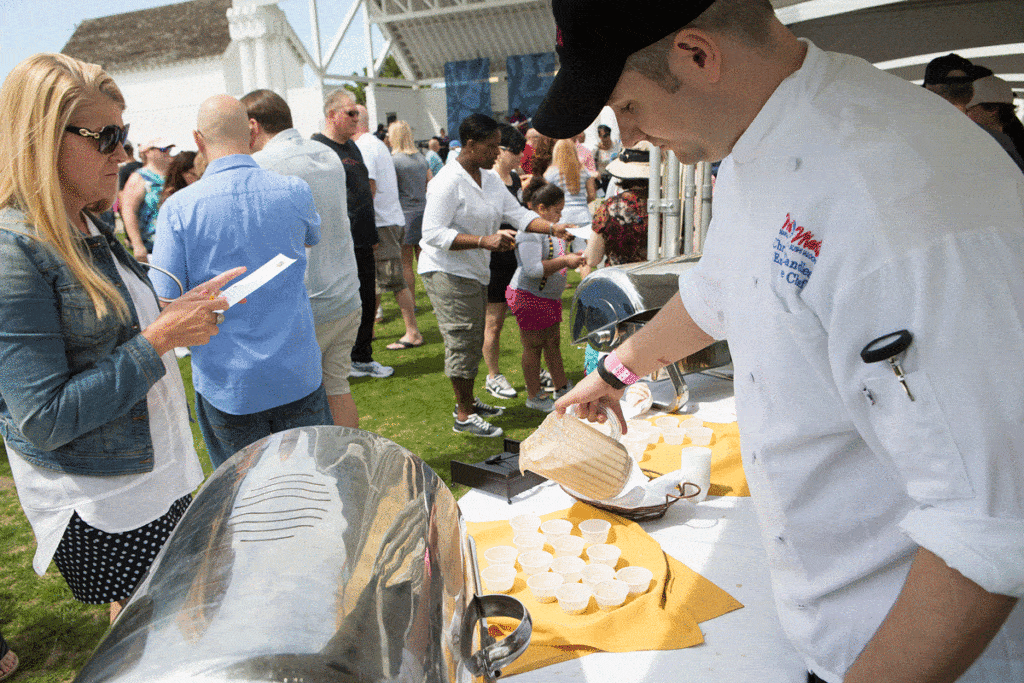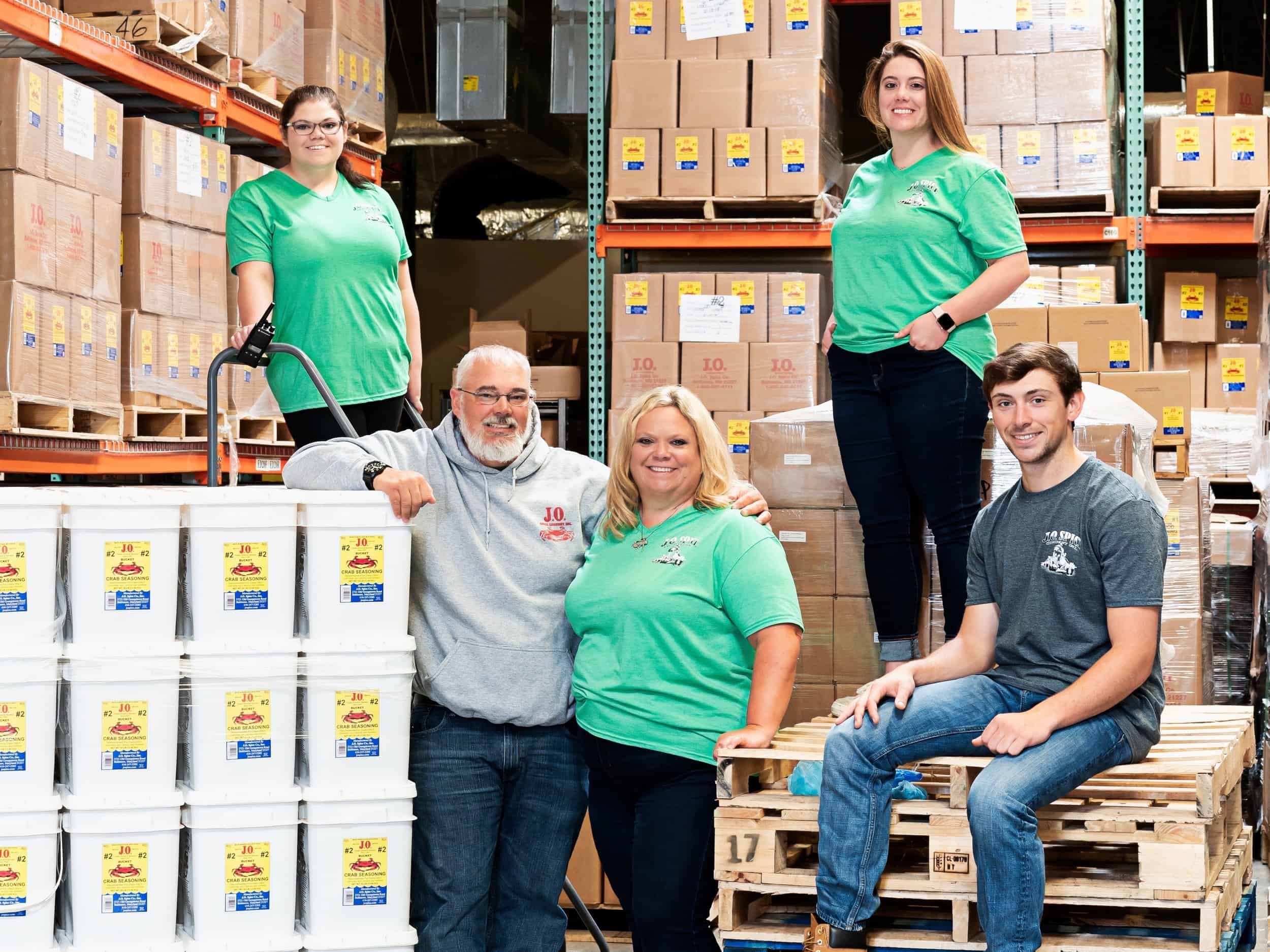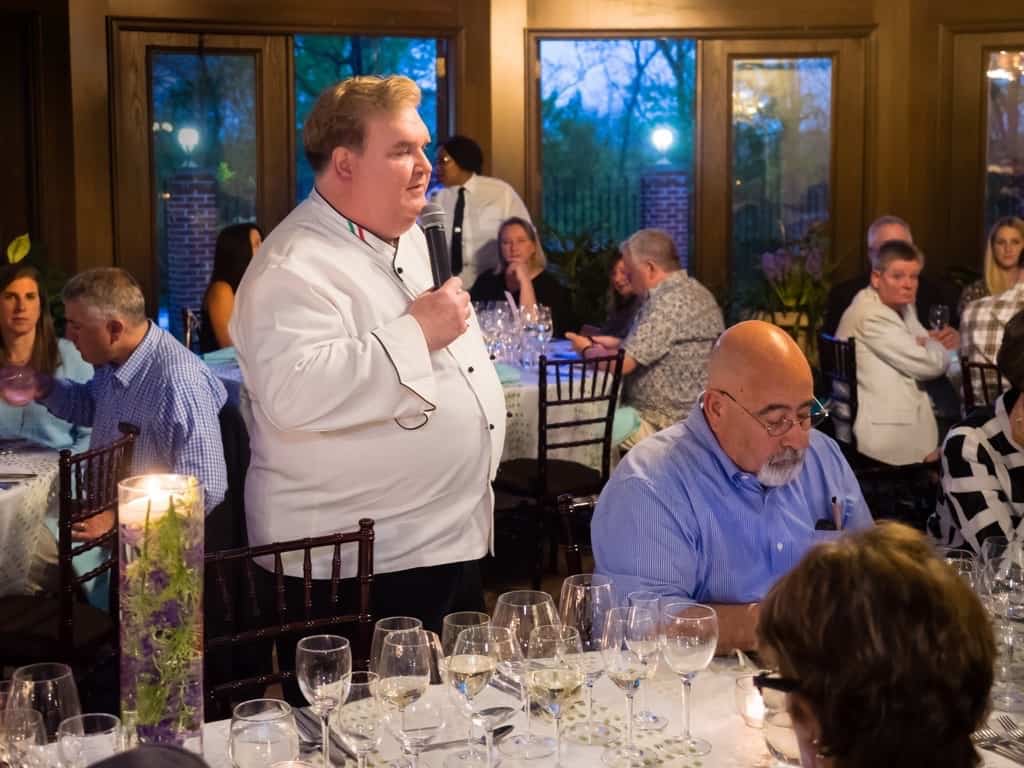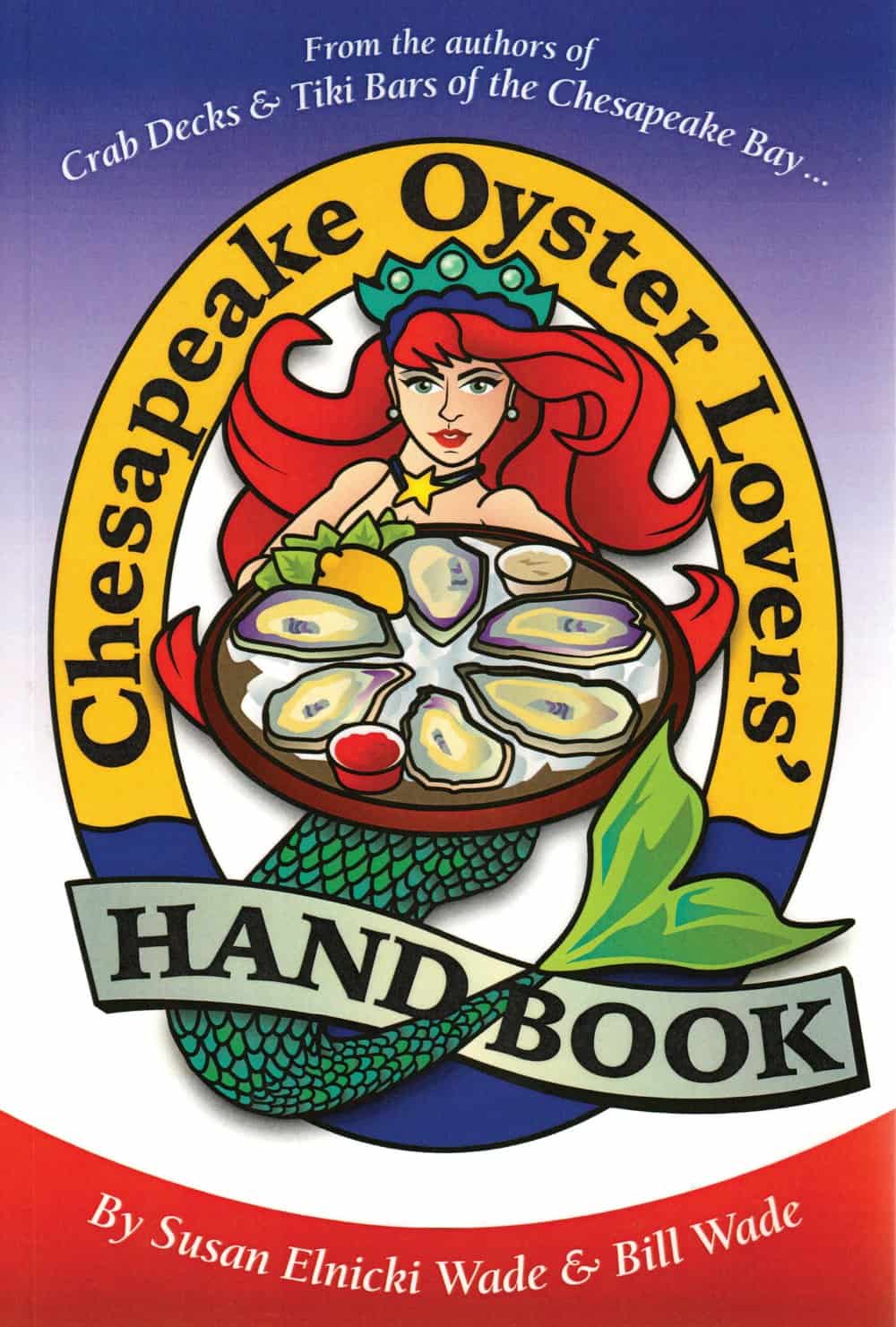What makes this Virginia classic award-worthy? We traveled to Tidewater to find out.
Few people love she-crab soup more than Sean Brickell, founder of the East Coast She-Crab Soup Classic, a tasting competition that takes over the Virginia Beach boardwalk every April. “I happen to think it’s one of the finest culinary delicacies on the planet,” he says.
Almost every restaurant in Virginia’s Tidewater region serves some version of the bisque-like soup, he says. “What is curious is that each chef has a slight variation on the recipe—and each is certain that his or her recipe is the ultimate recipe.”
That’s what led Brickell to dream up the She-Crab Soup Classic. As president of an events marketing company in Virginia Beach, he was looking for ways to get people to come out and enjoy the boardwalk. A soup-off would not only celebrate his favorite dish, but it would give bragging rights to winning restaurants, just in time for the summer season.
The event has been a sell-out since it began in 2008. A ticket gets you 1-ounce tastes from up to 20 local restaurants and a ballot to vote for the People’s Choice awards. A panel of experts, from chefs to food critics, does the same for the Critics’ Choice category. At the end of the day, six soups in each category are awarded First Place through three Honorable Mentions for the best she-crab soup.
There’s just one minor issue. South Carolina, not Virginia, takes credit for the invention of she-crab soup. Food lore has it that back in 1909, President Taft was visiting his friend R. Goodwyn Rhett, then mayor of Charleston. In an attempt to dress up the meal being served to their honored guest, Rhett’s butler William Deas added orange-hued roe to the crab bisque, and thus she-crab soup was born.
But food experts along the Chesapeake don’t necessarily buy that origin story. Chef John Shields has spent his career researching Bay culinary traditions, which he showcases in multiple cookbooks, a Maryland Public Television series, and on the menu at his restaurant Gertrude’s, at the Baltimore Museum of Art. “When we’re talking about she-crab soup, we’re talking about an old-timey, traditional Americana recipe,” he says. “You’ll find a lot of these, first in Maryland and Virginia and then down into the Carolinas.”
He traces the soup’s origins to European chefs working in the New World at the time of our country’s founding. “There were French chefs in Annapolis,” he says. “Thomas Jefferson sent all of his cooks to train with them, so you had African chefs training with French chefs. Cream of crab, or she-crab soup, is very French in origin, with the roux and the way it’s thickened.”
As for the addition of roe, “even in wealthy households, you had people cooking who were not wealthy. They were always looking to use absolutely everything that was in the crab. Roe would often get tossed out, but this is a vehicle for using it. You get a bit of texture, you get a bit of brininess and additional flavoring.”

Today, it’s rare to find actual roe in she-crab soup, due to conservation restrictions on catching female crabs. In Virginia, egg-bearing female, or “sponge,” crabs must be thrown back if the eggs are dark, indicating that they’re close to hatching. In Maryland, female crabs are off the table entirely for recreational crabbers and limited for commercial watermen. Most chefs substitute egg yolk for roe, which is easier on the chef and the environment — and it’s not a new idea. “In waterside communities, it was just common sense [to practice conservation],” says Shields. “I’ve found recipes going back 100 years or more that recommend using egg yolk.”
Roe may not be a requirement for She-Crab Classic contenders, but there is one non-negotiable. “We don’t accept tomato-based crab soup,” says Brickell. “It needs to be cream-based. It needs to be crab soup.”
Patrick Evans Hylton is a classically trained chef and food journalist based in Virginia Beach, and a repeat judge on the Critic’s Choice panel. He cites a few differences between Virginia she-crab soup and Maryland cream of crab soup. “In Virginia, we’re not so worried about jumbo lump; we’re satisfied with lump or backfin or even claw meat. Our taste buds are made for something rich, so having a lot of cream is more of our style here. And we do have a taste for sherry; just a touch, but sherry is a real essential element.”
Many restaurants enter the She-Crab Classic year after year. If an entrant wins five First Place awards (spanning People’s and Critics’ Choice awards), they are taken out of the competition and placed in the She-Crab Soup Hall of Fame. As of 2020, the Hall has three members: Mannino’s, of Virginia Beach; Passion The Restaurant, in Chesapeake; and Freemason’s Abbey, located in Norfolk.
When we asked Freemason’s about their soup, they were friendly but tight-lipped; soup recipes are a closely-held secret in these parts. “I think it’s the right amount of sherry, the right spices, as well as the consistency of the soup,” says executive manager Lori Maddux about their secret to success. “And of course, the crab. I won’t tell you where we get it.”
Hylton seconds the need for the right consistency. “It’s got to be velvety, it’s got to be rich,” he says. “The richness shouldn’t come from the appearance, it should come from the mouth feel.” He also likes simplicity. “Something that’s not too homey, something with too many ingredients or toppings—that’s just not what you think of when you think of she-crab soup.”
But besides that, anything goes, and that’s part of the fun. “There are so many variations on this thing; there are no two alike,” says Brickell. “Some people put onions in it, some people put celery in it, some people put a small crab claw in it.”
Ever politic, Brickell refuses to name a favorite soup vendor. “Some are better than others, but there’s no such thing as a bad one. It’s like going to a Van Morrison concert. Even if he’s not totally ‘on’ that night, it’s still a Van Morrison concert.”




